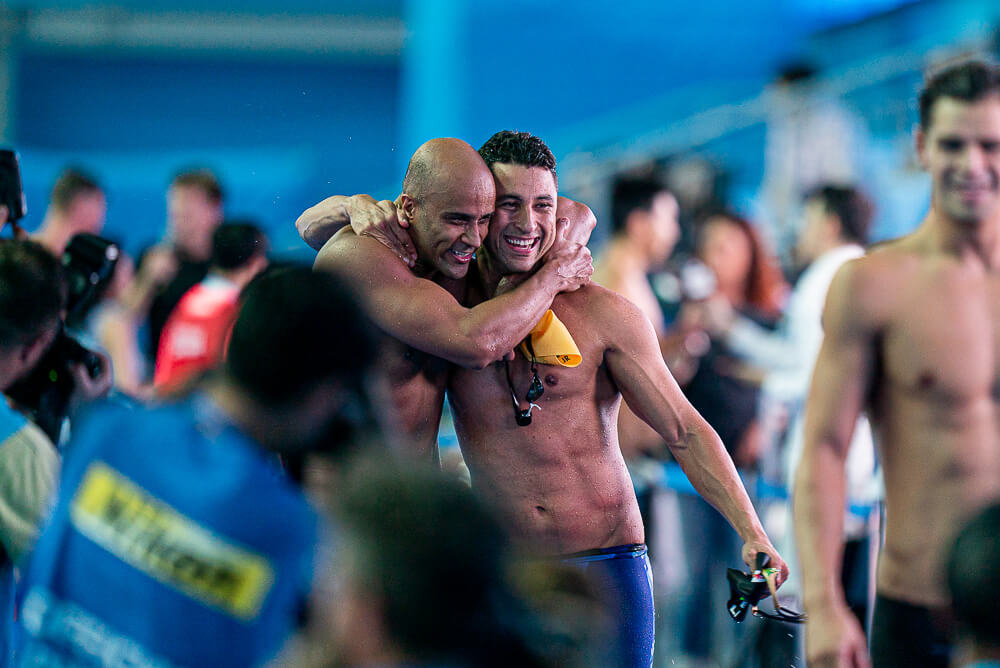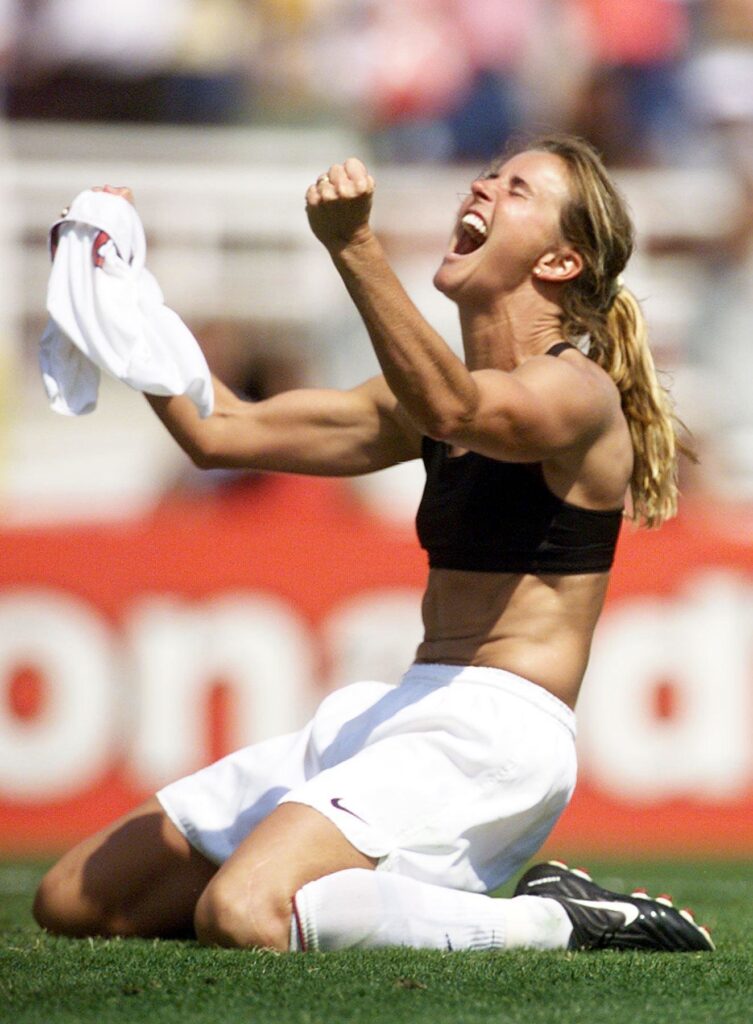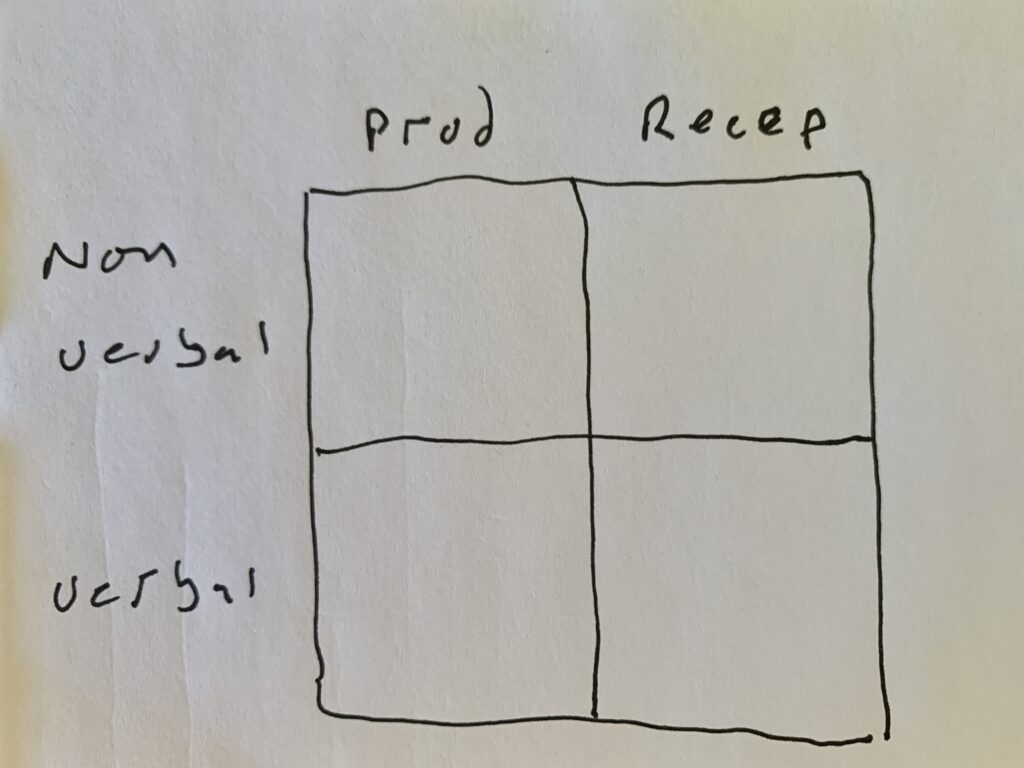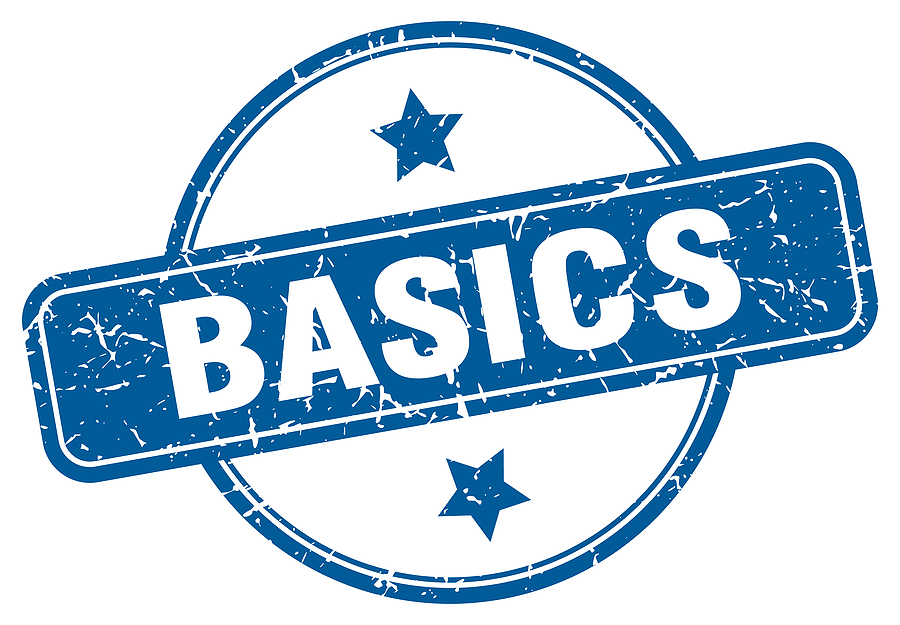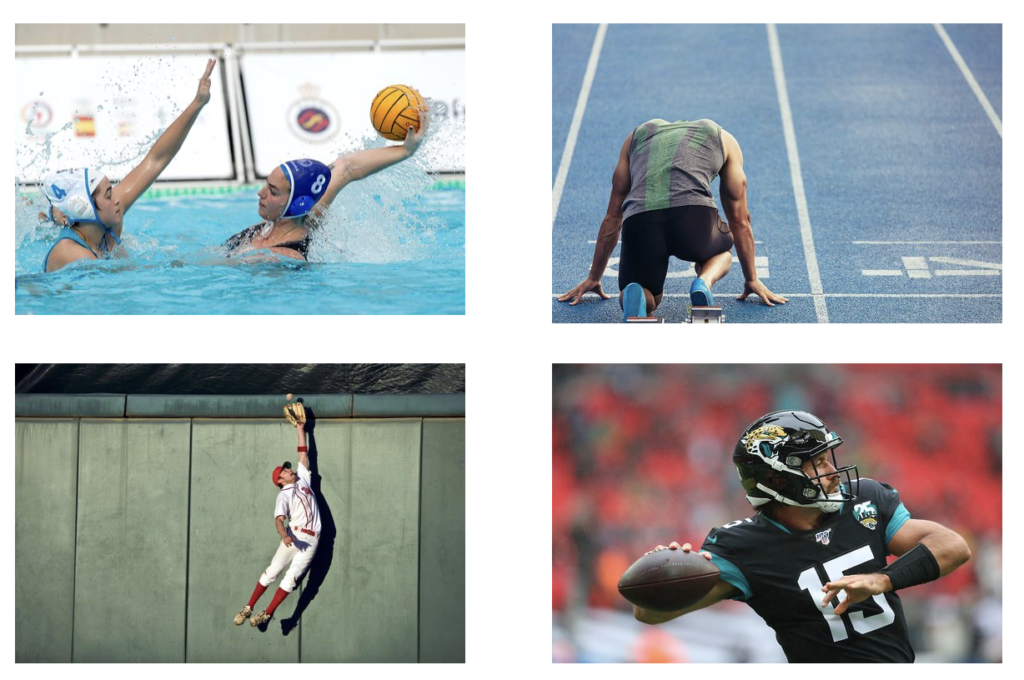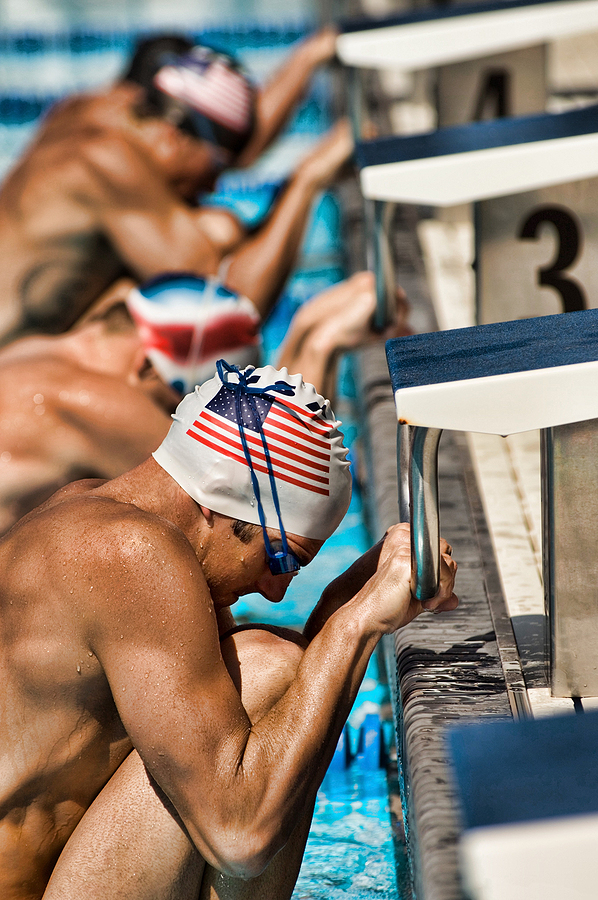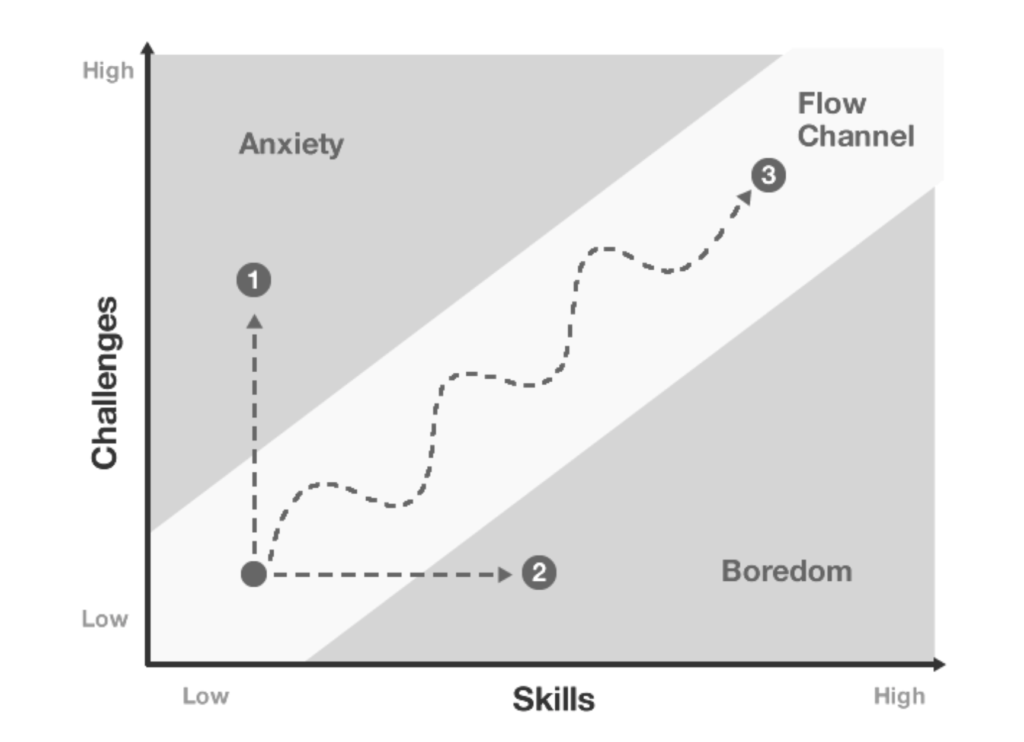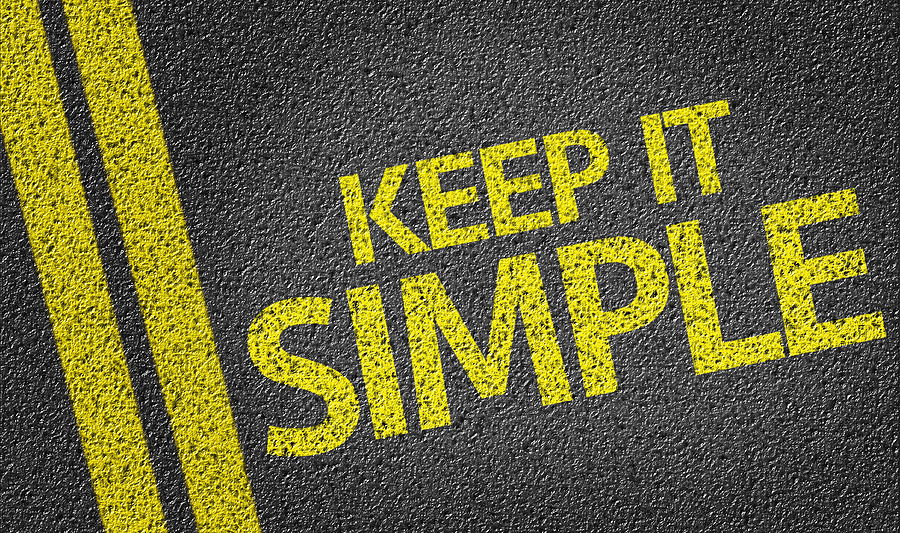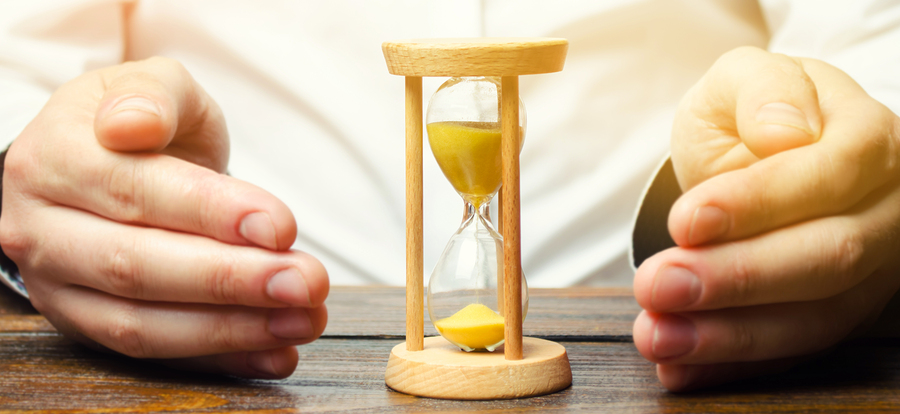
Time Management 101
Try to answer all these time management questions as quickly as possible without a calculator or Google. How many hours in a day? How many days in a week? Now, how many days in a year? And how many weeks in a year? Finally, how many hours in a week?
I suspect you were going along fine until the final question, correct? Most people instinctively know the answer to the first four questions. But the majority have to work out the answer to the final question.
Yet, I am of the view it’s the most useful number from a time management point of view. The answer, of course, is 168. 168 is the number of hours in a week (24 multiplied by 7). Last week, this week and next week will all have this in common. Your week and my week contain exactly this number of hours each. We all have this number in common and it acts as a great leveler in the pursuit of constant improvement.
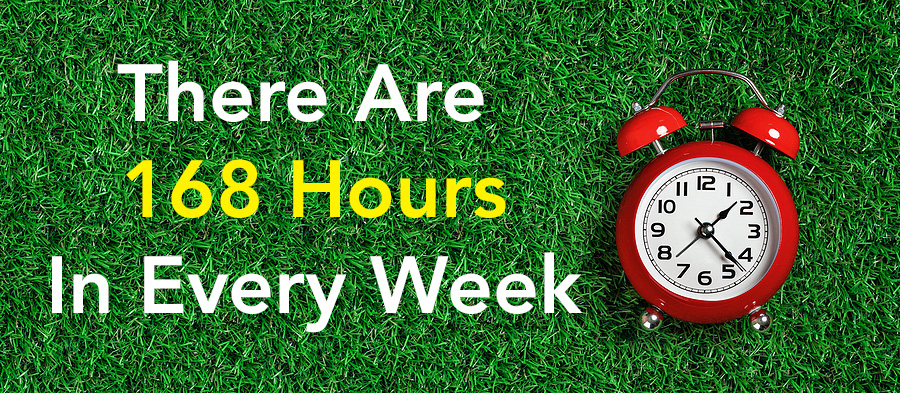
The most successful athletes and the ones trying to knock them off their perch all are blessed with 168 hours per calendar week. When helping my sporting clients with their time management I often start with an analysis of their 168 hours.
168 Hours A Week – Start From There
To start with, what you’re probably most interested in – improving your results – is only something you can influence. You can not control (guarantee) your outcomes and achievements. Nor can anyone else for that matter. Yes, that’s right. This is also true for precision sports like golf, dance, lawn bowls, etc.
To increase the chances of reaching our goals we’d want to shift our attention toward highly influenceable stuff. For example, how we might use our time in the coming days, weeks, or months. These are commonly known as processes.
“Processes are simply highly influential recurring actions.“
Past effort and actions (for example, how hard we tried during this morning’s gym session) are results. They have become outcomes as they can no longer be changed. Unless you are the owner of a time machine, of course.
Furthermore, future effort and actions (for example, what you plan to do by way of meditation when the season starts next month) are only a little influenceable. In other words, you can plan, research, and practice now but this doesn’t guarantee anything for later.
In other words, how you decide to use your 168 hours each week at the moment is one of the most influenceable aspects you’ll ever come across. This is especially true if you are mentally flexible enough to update your plans in unforeseen future circumstances.
Record Your Baseline
One of the best places to start from a time management point of view is to spend a whole week simply recording your actions. A basic 24 x 7 table is just fine. Either via a computer file or old school paper and pen, it doesn’t matter.
Ideally, leave judgment words off the page (or file) so that it purely states what you were doing during that time. For example, rather than recording the word ‘nothing’ during the time you were chilling out over the weekend, you’d write ‘relaxing’ or ‘reading’ or whatever the observable action was. Also, try and record the start and end times of the actions and do so as you go rather than at the end of each day when your memory will limit you.
This exercise typically has a major benefit right off the bat. It will increase your awareness and therefore start to help you in becoming more purposeful. Being more aware and purposeful are two of the more underrated mindset ingredients of performance excellence.
But you can use this data for a lot more than simply increasing your awareness and intentionality. You can use it to influence your future time too.
Quantity And Quality are Different
The best way to do this is via an analysis of the quantity and quality of your current time – the time you recorded. It is essential that you consider quantity and quality as separate – because they are. Start with quantity as it’s simpler. Using categories such as sleeping, physical preparation, and mental preparation, for example, calculate the amount of time you spent on each according to your data collection (not memory).
If you do this properly then the total of this calculation will be exactly 168 hours. When the number comes out to less than 168 hours you have missed something. If it’s more than 168 hours then let me know as you’ve increased the amount of time available in a week and we’ll make a billion dollars together!
Some of my sporting clients when I have asked them to do this have enjoyed converting these time tallies into percentages by dividing the number of hours by 1.68. For example, if there was a total of 52 hours of sleep across the seven days then this means that 31% of that week was spent asleep. Percentages can be a more useful metric when considering our values. You would expect the processes that we regard as being most valuable to have the highest percentages next to them. So if there is something in your life that is tremendously important (e.g. relationships) and it has a low percentage this allows you to consider what you might do to increase the time spent on that activity.
Next, it’s the turn of quality. The simplest way to question the quality of time is by considering how many things you were trying to do at once with one being the ideal (more than one being the biggest indicator of poor quality time).
Multitasking Is Overrated
Multitasking (or being a multitasker) is seriously overrated. The science is clear now, the best way to do a poor job of a task is to combine it with another task (or tasks). You can also think about how present you were during the activities. The more present and engaged the higher the quality is likely to be.

Every parent will know this full well. Being with your kids whilst also trying to reply to some emails is just never going to have the same quality as really being with them (with the laptop closed and out of the way). I am fortunate in that by nature I am a terrible multitasker. This basically means that I go to great lengths during my week to make sure that I’m only doing one important thing at a time.
Finally, consider if the blocks of time were on purpose or by accident. For example, watching some television intentionally would be regarded as a much higher quality activity compared with doing the same thing by accident – because there was nothing else to do.
Processes that are carefully considered ahead of time are always likely to be higher in quality than “winging it”. This is incredibly obvious in my 1-on-1 consulting as one of the growing numbers of psychologists working for Condor Performance. Sessions that take place after having spent 15 minutes reviewing client notes are always higher in quality. Of course, this is not always possible such as when the previous session ran over time. But by leaving gaps between all sessions, and therefore creating some planning time, I personally find the quality of my work is enhanced.
The final part is to really ask the hard question. Do I want my time moving forward to be the same as it is at the moment in terms of quality and quantity?
Failure To Plan is Planning to Fail
And if not, try and adjust accordingly. For example, if you regard becoming mentally tougher as an important part of your goals and yet your mental preparation is only 1% of your time at the moment then you might like to try and see if you can boost this to 5%.
This is one of the biggest paradoxes of modern-day sport psychology. The fact that virtually everybody now recognises the tremendous value of improving mental aspects. Yet, despite this, the default amount of processes spent trying to improve the mind is either little or none at all. Remember processes are simply highly influential recurring actions. This means being aware of the importance of improving the mind is not enough. There actually needs to be recurring activities taking place every week aimed at improving it.
For many of my clients and myself included the future plan is enough. I don’t actually tally the time moving forward I just try to stick to the new regime as best I can. This typically prevents the ugly side of time management from taking place whereby the plan becomes a major source of guilt and frustration.
Would You Like Some Help?
All of the psychologists who work for Condor Performance use time management techniques for their own ‘performance enhancement’. Furthermore, we are very experienced at showing others how to improve their time management abilities. If you’d like help with this or any other mental aspect please reach out via our contact us form here.

